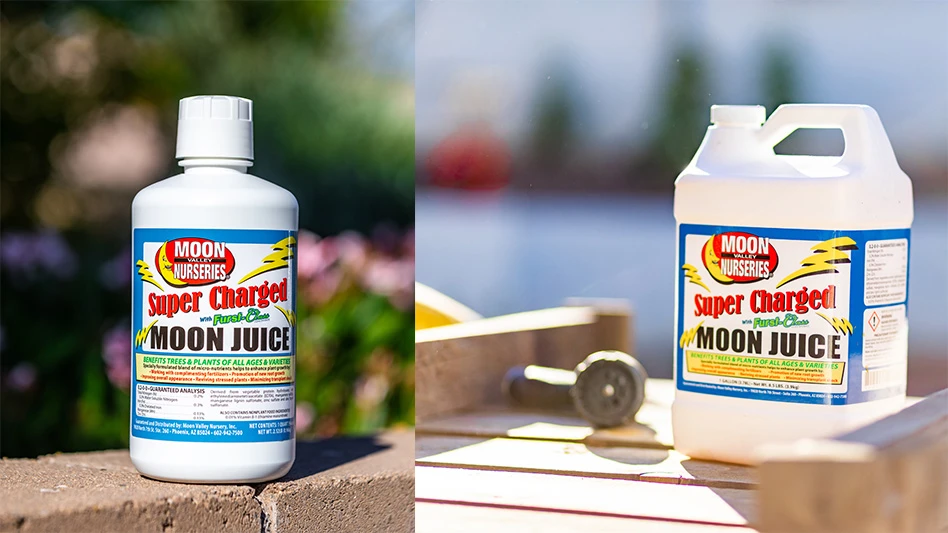Winter ventilation is important and necessary to keep the temperature at an acceptable level for plants. With the outside air being much cooler, less ventilation air is needed. As the outside air may be at or below freezing, mix the air before it reaches plants.
{sidebar id=52}
Ventilation requirements
Factors that affect the amount of air needed include outside temperature, elevation of the greenhouse and the amount of sunlight. In contrast to the summer design ventilation rate of 8-10 cubic feet of air per minute (cfm) per square foot of floor area, air requirements are much less during the winter. The National Greenhouse Manufacturers’ Association recommends 1 1/2-2 cfm per square foot. The American Society of Agricultural and Biological Engineers recommends 1-4 cfm per square foot.
The greater rate is for greenhouses located in the Southwest, where winter temperatures are higher and sun intensity is greater. At higher elevations, more airflow is needed since air is lighter. For example, about 20 percent more air should be supplied at 5,000 feet than at 1,000 feet elevation. Due to the greater heat gain at higher light levels, more ventilation is needed under these conditions. A 10-percent increase in capacity should be allowed for each 1,000-footcandle increase above 5,000 footcandles maximum interior light intensity.
Fan-ventilated greenhouses
In greenhouses with ventilation fans, winter cooling is possible. If the greenhouse has more than one fan, a single fan will probably supply adequate ventilation.
For a greenhouse with only one fan, installing a two-speed motor and two-stage thermostat will allow both winter and summer ventilation. At a 1 to 2 cfm per square feet winter ventilation rate, the inside temperature will usually be within 15°F-20°F of the outside air.
Introducing the air at one endwall and exhausting it 100-150 feet away at the other endwall results in a possible temperature difference of 5°F to 10°F from one end to the other. This can result in some differences in plant growth.
Natural ventilation systems
As greenhouse vent systems are designed for summer cooling, adjusting the size of the vent opening regulates the amount of air that is introduced. Cracking the vents open on a cold winter day may be enough to keep the temperature at the desired level. Guillotine wall vents work well as they are usually installed to open from about 8 feet above the floor, which gives the air a chance to mix and warm somewhat before reaching the plants.
One problem with open-roof structures is when snow or ice builds up on the roof. Under these conditions, introducing ventilation air through a fan and tube system works well as the cool air is distributed evenly throughout the greenhouse.
This system uses a fan mounted 2 feet from the gable end of the greenhouse. A motorized intake shutter in line with the fan is mounted in the endwall. A perforated, poly tube the same size as the fan diameter is attached to the fan and suspended below the trusses.
Hole spacing in the tube is based on the fan volume and length of the greenhouse. Hole location is usually at 4- and 8-o’clock to provide mixing of the air. Both of these should be specified when ordering the tube. Either sidewall vents or motorized shutters are needed to complete the system to allow heated air to escape. The fan and tube system can also provide air circulation in the greenhouse by operating the fan with the shutter closed.
Another system that can be used is to mount fans with a capacity of 1-2 cfm per square foot of floor area in one endwall. Cool outside air is introduced through the opposite endwall louvers or motorized shutters.
The disadvantage to this method is that the cool air is dumped onto the plants at the intake end. To offset this cold air, baffles can be placed over the intake to direct the outside air up into the heated air in the greenhouse before it settles down on the plants. In gutter-connected greenhouses with bay lengths over 150 feet, horizontal airflow fans spaced 50-75 feet apart can also be used for mixing and directing the airflow through the greenhouse.
Winter ventilation should be considered when remodeling or building greenhouses. Good control of the volume and distribution of the cold air is needed to ensure optimum plant growth.
{sidebar id=1}
- John W. Bartok Jr.
Latest from Garden Center
- Sustainabloom launches Wholesale Nickel Program to support floriculture sustainability
- Society of American Florists accepting entries for 2025 Marketer of the Year Contest
- American Horticultural Society welcomes five new board members
- Color Orchids acquires Floricultura Pacific, becoming largest orchid supplier in U.S.
- American Floral Endowment establishes Demaree Family Floriculture Advancement Fund
- University of Florida researchers are securing the future of floral fragrance using caladium
- The Growth Industry Episode 3: Across the Pond with Neville Stein
- Proven Winners offers Certified Garden Center Training for staff education





